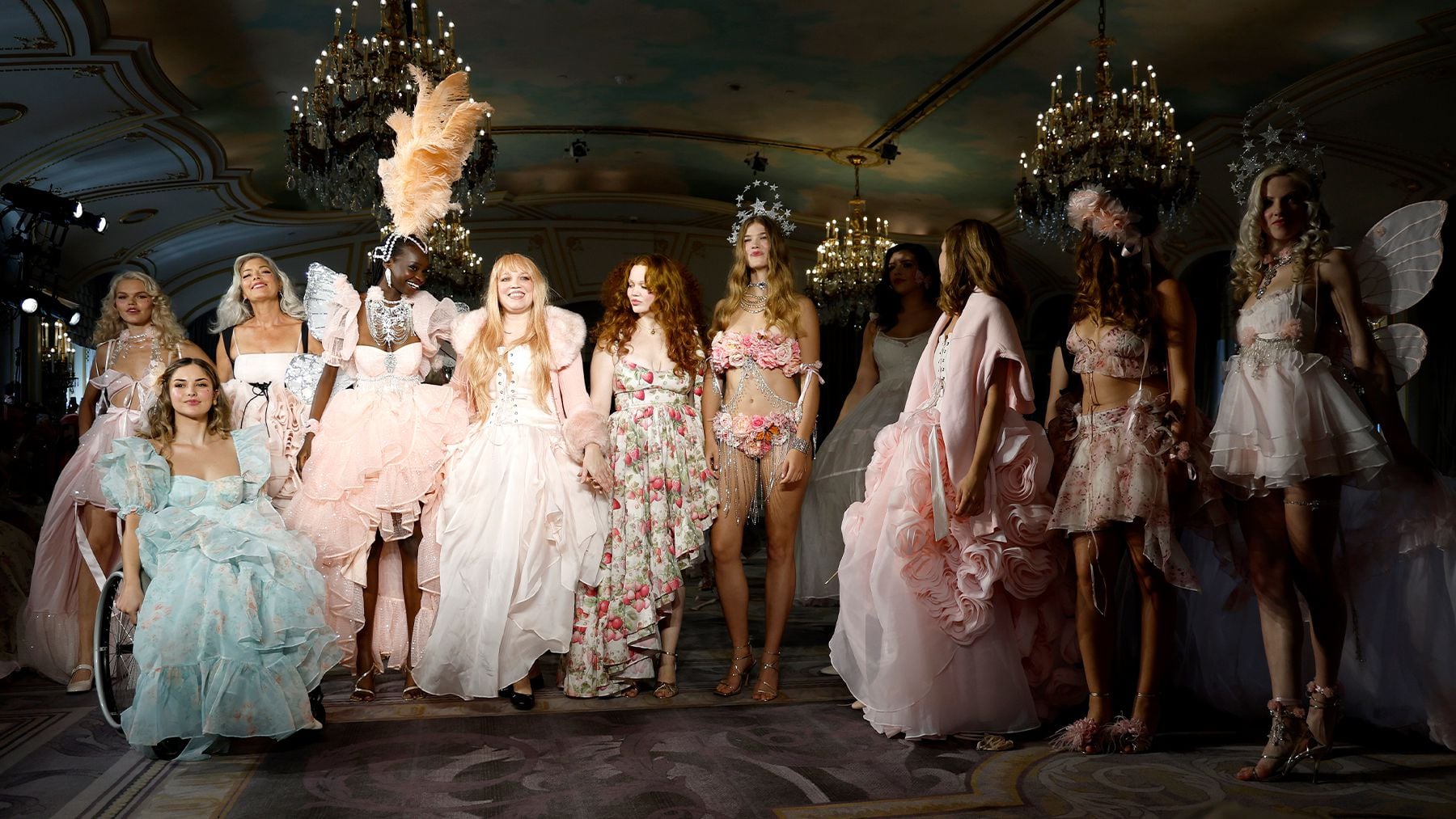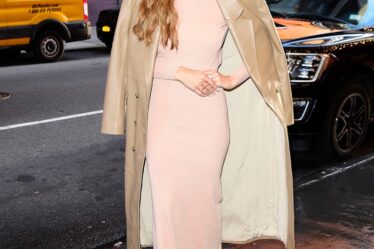
Fashion brands tempted to use generative AI be warned: Customers might be unhappy when they find out.
Los Angeles-based Selkie, which made a name for itself with its internet-famous Puff Dress, ran headfirst into this situation last week after posting a seemingly innocuous collage of ruffled frocks printed with puppies and cats on Instagram. After one follower questioned whether it was an artist or AI behind the art, the brand confirmed founder Kimberley Gordon created the images from a mix of vintage art, computer painting and AI.
The backlash was swift.
“Unfollowed. There are so many talented artists in addition to digital painting, AI isn’t necessary. I definitely won’t be buying anything more from selkie,” one user wrote in a comment receiving more than 400 likes.
A typical post by Selkie would get a few dozen comments. This one has generated more than 750 — a fair bit of publicity for the small label, though the general sentiments are anger and disappointment.
The incident highlights the opportunities and risks for brands embracing the technology. Critics argue AI companies train their models on copyrighted material without consent or compensation to the original creators, prompting lawsuits against AI developers by artists and writers. Many worry companies will use the technology to replace human creators. Goldman Sachs estimates AI could ultimately automate around one quarter of jobs in industries including arts and design in the US and Europe.
But designers say using AI allows them to enhance their creativity and discover unexpected new ideas. One point frequently made by those who’ve actually used AI is that it isn’t a replacement for human creativity; it’s a tool that still needs a person to wield it.
Both arguments can be true of course, and Selkie probably won’t be the last brand to find itself caught between them.
Levi’s wound up in a similar firestorm last year when it revealed it would begin testing AI-generated models as a means to increase the diversity of models on its e-commerce site. Questions immediately arose as to why Levi’s didn’t simply hire more human models with the diverse characteristics it was looking for. In its defence, Levi’s said it would be impossible to photograph each of its product on that many models and that it would continue to hire a diverse range of human models.
Selkie, which didn’t reply to multiple requests for comment, responded to some of the comments on Instagram by explaining that Gordon, herself a painter and artist, had researched AI extensively. “While some do not agree, she believes it is something awesome to experiment with and an incredible tool for students, graphic designers, artists, small businesses and alike!” the brand wrote in reply to one comment.
Gordon has frequently used clip art — as in pre-made digital graphics — along with stock images, public-domain paintings and digital illustrations in her work, Photoshopping them together into prints for her frilly clothing, according to an interview she did with TechCrunch about the controversy. She contended that using AI-generated imagery as the foundation of her designs required just as much original work, effort and creativity on her part as her usual process.
“This is the future of art and as long as an artist is utilising it, it is the same as what we’ve been doing with clip art,” she said.
It probably didn’t help that Selkie didn’t disclose its use of AI upfront, which may have left its followers feeling duped. Judging by the comments on Instagram, what Selkie’s critics seemed most upset by was the fact that Gordon used AI rather than hire an artist to create her prints. It’s unclear whether she would have turned to an artist to do the work if she hadn’t generated it with AI, however.
Either way, it may prove to be a recurring issue for brands turning to AI. They could find themselves having to reassure customers the technology wasn’t just a way to cut out wages that would have been paid to a person — though history shows that, when possible, businesses will do just that.
Even if brands can assuage shoppers on that point, there’s still the matter of whether it’s appropriate to use generative AI at all given that it might have been trained on copyrighted material. From a legal perspective, courts in the US have judged copyright infringement based on the final product, Anthony Lupo, an attorney focused on fashion and technology at law firm ArentFox Schiff, previously told BoF. Otherwise any designer with another brand’s work on its moodboard might need to worry. But generative AI presents uncharted territory that courts and consumers alike will have to navigate.
One way brands might get around the issue is by training the AI model on their previous work, a method Collina Strada’s Hillary Taymour has used to ensure the AI’s output is based on her brand’s creative DNA.
Whether that’s enough to prevent a consumer revolt remains to be seen. For all the excitement around AI’s possibilities, there’s also a great deal of fear and distrust, including among younger generations — the group typically thought of as being first to accept new technologies. Professors at some top fashion schools, for instance, have found their students are more interested in learning traditional craft than the latest in AI.
At least for now, brands looking to the technology will have to consider all the usual risks that go along with it, like bias in the imagery, as well as the chance that they could become the target of their customers’ displeasure.



